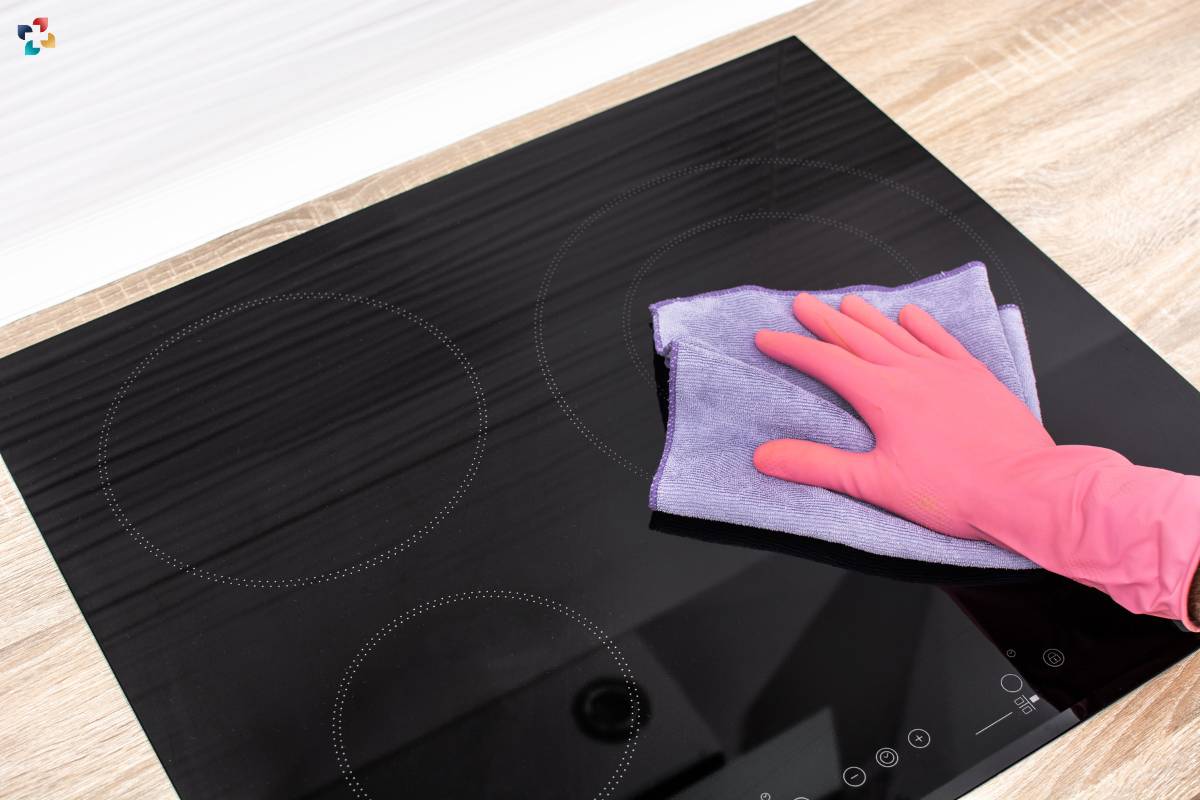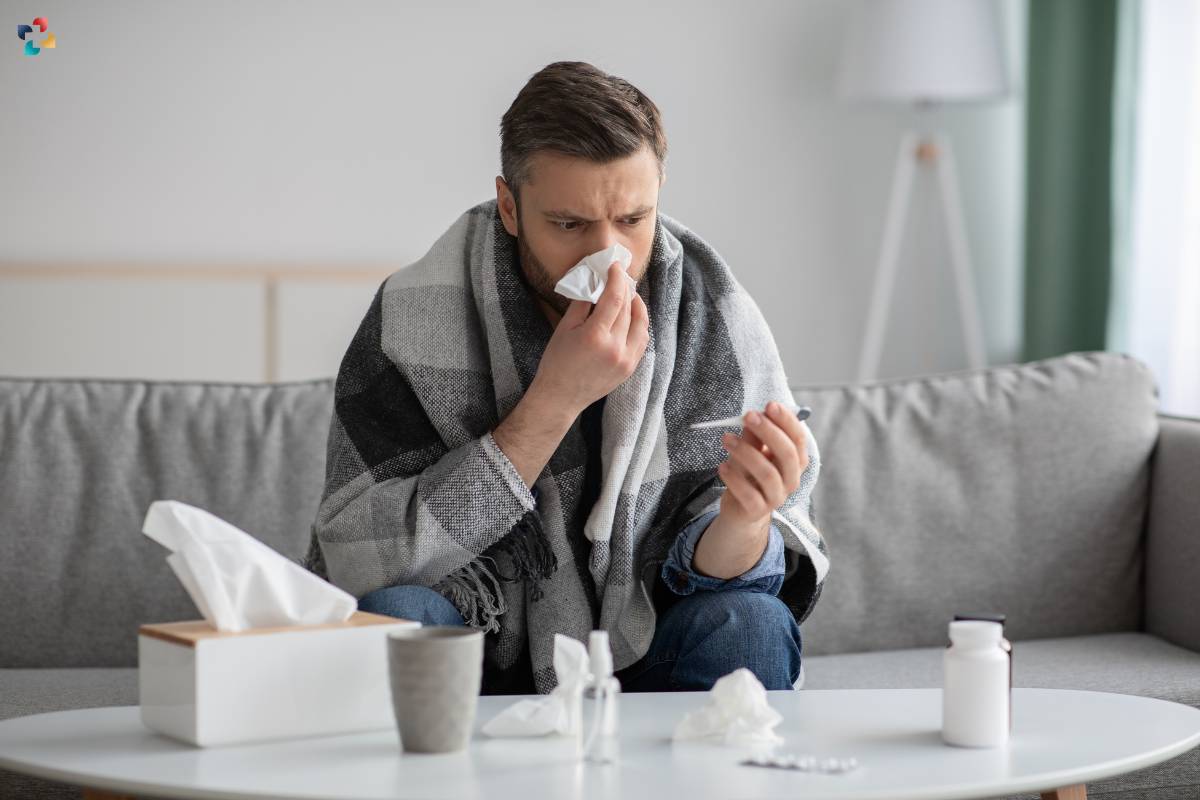The thought of food poisoning may not even occur you, when having food. The micro-organisms can contaminate the food during any time of processing of the food, resulting in food poisoning. There are various obvious and necessary steps we take to avoid food poisoning at home. The signs of food poisoning begin after sometime. In mild food poisoning cases, it may get cured automatically. In some serious cases, some medicines and even hospitalization is needed. The symptoms may also show up after days of consuming the food.
Stomach cramps, nausea, vomiting, and diarrhea are some of the common symptoms when food poisoning takes place. Observe the patient carefully, predict the severity of the symptoms he/she is showing and decide accordingly about hospitalization. Consulting the doctor is the best option in any circumstances. Do as the doctor says in order to prevent further nuisance and health hazards.
Follow These 4 Simple Tips Can Help You Avoid Food Poisoning at Home:
1. Practice Proper Food Handling and Storage
The foundation of avoiding food poisoning at home lies in practicing proper food handling and storage. From the moment you bring groceries home to the final meal preparation, maintaining hygiene is crucial. When you avoid food poisoning at home, you are safeguarding your family’s health and well-being.
- Wash Hands Thoroughly:

Always wash your hands with soap and water before handling food. This helps prevent the transfer of harmful bacteria from your hands to the food. Clean hands are an important thing to consider in order to maintain hygiene.
- Separate Raw and Cooked Foods:
Avoid cross-contamination by using separate cutting boards, utensils, and plates for raw and cooked foods. This simple step prevents the spread of harmful microorganisms. It becomes easy to quickly grab and cook the raw foods or reheat the cooked food. It helps to avoid the poisoning of food.
- Cook Thoroughly:
Make sure to cook foods, especially meats, poultry, seafood, and eggs, to their recommended internal temperatures. This kills harmful bacteria that can cause food poisoning. Enough cooking of the food ensures killing of bacteria. It will help to avoid food poisoning at home.
- Store Properly:
Refrigerate perishable foods promptly at temperatures below 40°F (4.4°C) to slow the growth of bacteria. Use a thermometer to ensure your refrigerator is at the right temperature.
2. Be Cautious with Leftovers
Avoiding food poisoning at home also involves being mindful of leftovers. Leftover food can be delicious and convenient, but improper handling can lead to bacterial growth and foodborne illnesses.
- Reheat Thoroughly:
When reheating leftovers, ensure they are heated to a safe internal temperature, typically 165°F (73.9°C). Use a food thermometer to confirm the temperature. To avoid food poisoning at home, heat the food enough to avoid food poisoning at home.
- Consume Promptly:
Consume leftovers within a few days to prevent bacterial growth. If food appears or smells off, it’s best to discard it to avoid food poisoning. The excess growth of bacteria is the cause for food poisoning too.
3. Maintain a Clean Cooking Environment
Keeping your kitchen clean is another crucial aspect of avoiding food poisoning at home. Regular cleaning and disinfecting can prevent the spread of harmful bacteria.

- Clean Surfaces Regularly:
Wipe down countertops, cutting boards, and utensils with hot, soapy water after each use. Disinfect these surfaces regularly to eliminate any lingering bacteria. Taking measures like these will help to avoid food poisoning at home.
- Wash Fruits and Vegetables:
Rinse fruits and vegetables thoroughly under running water before eating or cooking. Even if you plan to peel them, washing reduces the risk of contamination.
- Sanitize Sponges and Dishcloths:
Kitchen sponges and dishcloths can harbor harmful bacteria. Microwave damp sponges for 1-2 minutes daily to kill bacteria, and replace them regularly. Sponges and cloths are the means of causing germs and bacteria in he house. Wash them or sanitize them regularly to avoid food poisoning at home.
4. Practice Personal Hygiene
Avoiding food poisoning at home goes beyond the kitchen—it involves practicing personal hygiene to prevent the spread of germs from person to person.
- Stay Home When Sick:
If you or a family member is feeling unwell, avoid food preparation and handling to prevent the spread of illness-causing bacteria.
- Cover Coughs and Sneezes:

Always cover your mouth and nose with a tissue or your elbow when coughing or sneezing to prevent the spread of germs to food and surfaces.
- Regular Handwashing:
Encourage all family members to wash their hands regularly, especially before eating or handling food. Proper handwashing can significantly reduce the risk of food poisoning. Germs directly enter the body via dirty hands, to avoid food poisoning at home, washing hands often is vital.
Conclusion
Avoiding food poisoning at home is a responsibility that every family member shares. By following these simple yet effective tips, you can create a safe and hygienic environment in your kitchen and throughout your home. From proper food handling and storage to maintaining a clean cooking space and practicing personal hygiene, these habits can help you and your loved ones avoid food poisoning and its potential consequences.
Remember, preventing food poisoning is not just about protecting your health—it’s about fostering a culture of safety and well-being within your household. By consistently implementing these practices and sharing this knowledge with others, you’re taking proactive steps to ensure that every meal you enjoy at home is not only delicious but also safe for everyone around the table.
Also Read: Hand Hygiene: What are the Latest Global Statistics?











